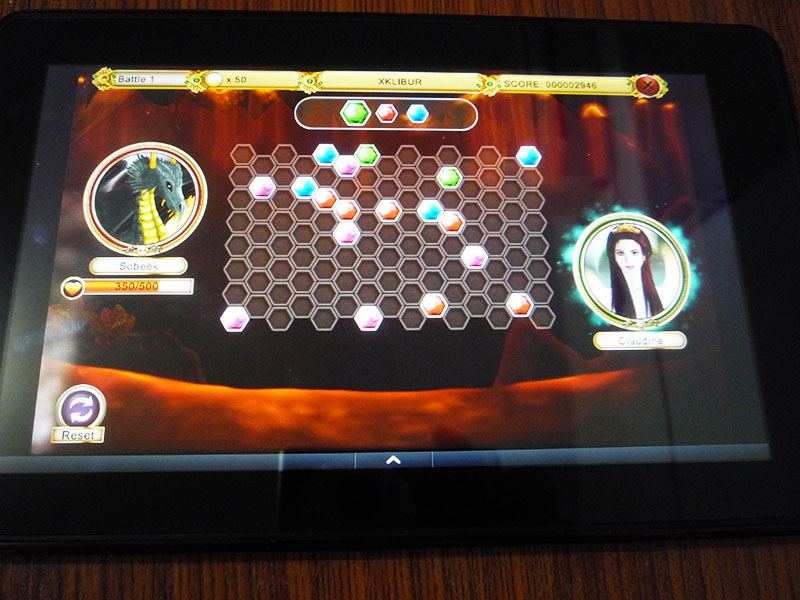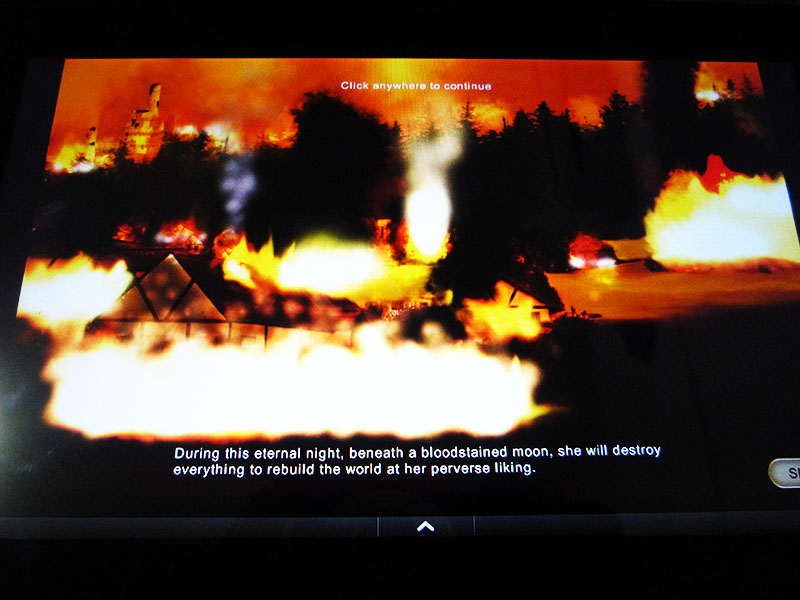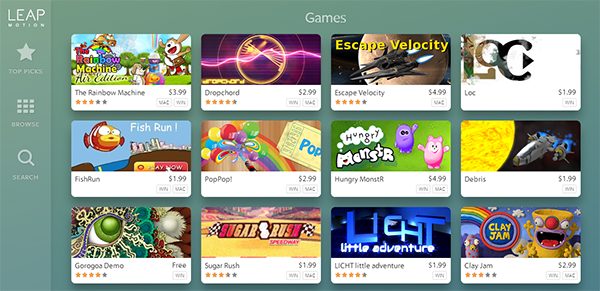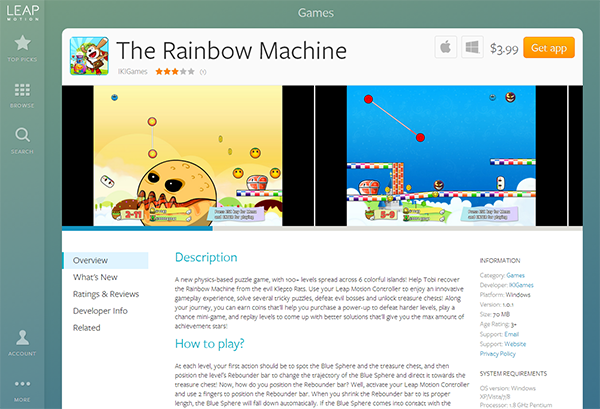For a couple days I’ve been busy browsing and modifying source code. The best part of this work is that I’ve learned quite a lot by reading the internals of LWJGL and LibGDX: the authors of such libraries are really clever people. And definitively, the good design in these libraries makes them easier to understand. What I’ve been up to lately is porting The Rainbow Machine to Mac OS X, but using Java 7. The problem: LibGDX is based on LWJGL (for Desktop versions), and LWJGL was not working on Mac OS X with Java 7. However, the LWJGL gurus are already working on an experimental branch which has made great progress. It’s still labeled as experimental, though. I downloaded that version of LWJGL, compiled it, and updated my version of LibGDX. So far, so good. Now, time to change The Rainbow Machine project. I replaced my “official” LibGDX libraries with the ones I had just compiled… and after that the game refused to run.
Further tests showed that LibGDX was getting locked in Display initialization. This lock can be prevented if we ensure that AL.create() is called after Display initializaton. This is a LWJGL thing, because the following simple LWJGL program won’t run either:
public class Main {
public void start() {
// AUDIO INIT
try{
AL.create();
} catch (LWJGLException le) {
le.printStackTrace();
System.exit(0);
}
// END AUDIO INIT
// DISPLAY INIT
try {
Display.setDisplayMode(new DisplayMode(800,600));
Display.create();
} catch (LWJGLException e) {
e.printStackTrace();
System.exit(0);
}
// END DISPLAY INIT
Display.destroy();
}
public static void main(String[] argv) {
Main m = new Main();
m.start();
}
}
There is a clear workaround: swap audio and video initializations. I did the germane modifications in LibGDX (I changed LwjglApplication.java), et voilà, the game runs nicely.
Then I kept playing for a while and did not notice any issues until I decided to close the game by pressing CMD-Q: the game was immediately killed, and that’s not the desired behavior. I want The Rainbow Machine intercepting CMD-Q and behaving as if the red X close button was clicked. In fact, closing the game by means of the menu has a similar effect to CMD-Q. After reviewing LWJGL and the Java source code, I found a simple workaround. I was expecting windowShouldClose in org_lwjgl_opengl_Display.m to be called whenever CMD-Q was pressed. However, windowShouldClose is only called when the window is going to be closed. The window, not the app. If I close the app by clicking on the red X close button, windowShouldClose is indeed invoked. But CMD-Q does not trigger it.
Then I took a look at QuitStrategy, and set it to CLOSE_ALL_WINDOWS (the default action being SYSTEM_EXIT_0… that’s how the app responds, a direct exit(0).) However, modifying QuitStrategy had an unexpected outcome: CMD-Q stopped working, i.e., now the game would not close by pressing CMD-Q. A quick glimpse at Java’s source code revealed that Java dispatches a WINDOW_CLOSING event to the Frames of the game. It seems our game does not receive such notification, or I have yet to learn how to capture it. Thereby, I defined my own QuitHandler in createWindow (file MacOSXDisplay.java):
Application.getApplication().setQuitHandler(new QuitHandler() {
@Override
public void handleQuitRequestWith(QuitEvent event, QuitResponse response) {
response.cancelQuit();
doHandleQuit();
}
});
This handler simply cancels the game quit, and notifies MacOSXDisplay’s handler about the quit request. And that’s it. The discussion on this widely popular thread revealed that the LWJGL team was thinking of using CMD-Q for effectively killing apps immediately, as an option to kill a crashed LWJGL app (for instance, to avoid mandatory full reboots for crashed fullscreen apps.) However, they’ve noticed that holding CMD-Shift-Option-Esc for 3 seconds kills the app too. Therefore, CMD-Q won’t have to kill the app.
In the following days I’ll keep testing The Rainbow Machine. However, of course I’ll be waiting for a non-experimental release of LWJGL on Mac OS X. Specifically, I’d rather not to modify LibGDX: that’s a philosophical issue, suitable to internal workflow here in IKIGames. BTW, if you liked this post you migth want to follow us on twitter.




